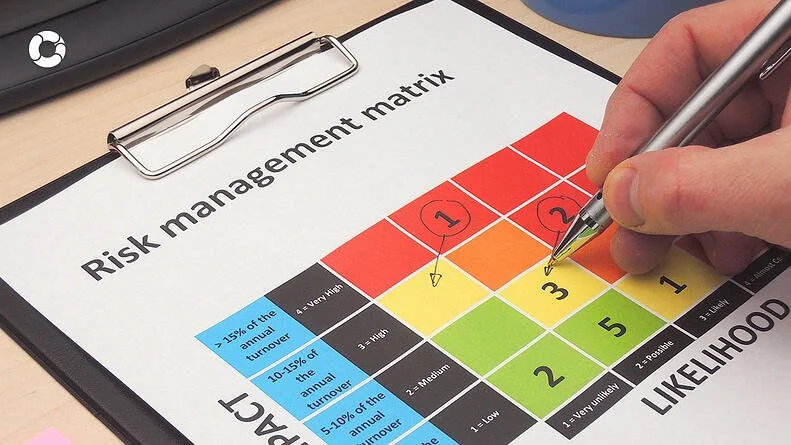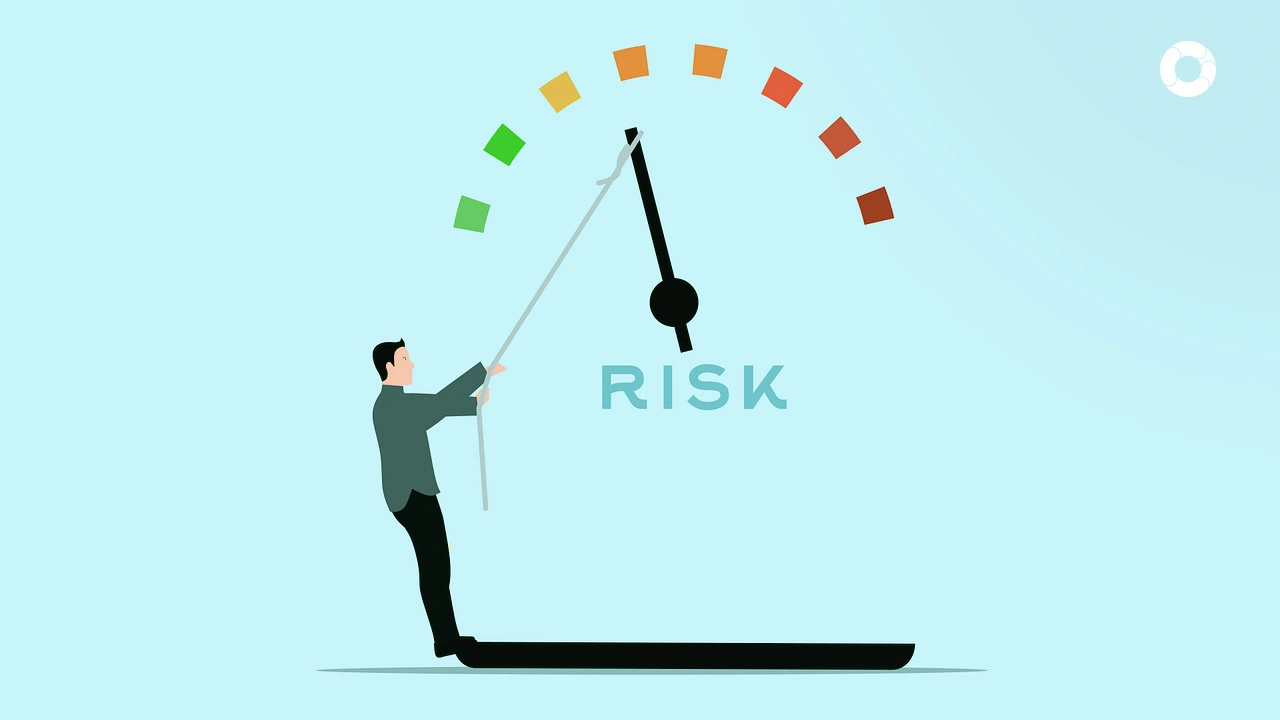Techniques to assess risk in your business

In today’s fast-paced and unpredictable business landscape, organizations face a myriad of risks that threaten their operational stability, reputation, and bottom line. From internal process failures and human errors to external threats like fraud and environmental disasters, businesses must proactively identify, assess, and mitigate risks to safeguard their objectives. This is where Governance, Risk, and Compliance (GRC) frameworks and robust risk management strategies become indispensable.
In this article, we’ll explore how organizations can systematically analyze potential hazards, prioritize threats, and implement actionable solutions to protect their people, environment, and profitability. We’ll also dive into proven methodologies and tools—such as qualitative and quantitative risk analysis, checklists, scenario-based techniques, and specialized software—to empower your business in building a resilient risk management culture.
Why Governance, Risk, and Compliance (GRC) Matters
Governance, Risk, and Compliance (GRC) is more than a regulatory checkbox—it’s a strategic approach to aligning business operations with ethical standards, legal requirements, and long-term goals. At its core, GRC ensures that organizations:
-
Identify risks that could derail objectives or cause harm.
-
Implement controls to mitigate financial, operational, and reputational damage.
-
Foster accountability and transparency across all levels.
Without a structured risk management framework, companies expose themselves to catastrophic consequences, including:
-
Human and psychological harm to employees, customers, or communities.
-
Environmental damage such as pollution of air, water, or soil.
-
Economic losses from lawsuits, production halts, or market share decline.
By prioritizing GRC, businesses not only comply with regulations but also build trust, enhance decision-making, and secure sustainable growth.
Key Steps in Effective Risk Management
A proactive risk management strategy involves three critical phases:
-
Risk Identification: Pinpoint potential threats across processes, systems, and external factors.
-
Risk Analysis: Evaluate the likelihood and impact of each risk using qualitative or quantitative methods.
-
Risk Mitigation: Develop action plans to address high-priority threats.
Let’s explore the methodologies that drive this process.
Qualitative Risk Analysis: Speed and Expertise
Qualitative analysis is a go-to method for organizations seeking quick, cost-effective insights into risks. It relies on expert judgment rather than numerical data, making it ideal for low-severity risks or preliminary assessments.
Tools and Techniques:
-
Checklists: Standardized lists to verify compliance with safety protocols or regulatory requirements.
-
Interviews and Surveys: Engage cross-functional teams to uncover hidden vulnerabilities.
-
Multidisciplinary Workshops: Collaborative discussions to prioritize risks based on collective expertise.
When to Use It:
Qualitative methods shine when time or resources are limited. For example, a manufacturing plant might use a checklist to ensure machinery meets safety standards before audit deadlines. However, this approach has limitations—it may overlook complex, high-impact risks requiring deeper analysis.
Pro Tip: Pair qualitative insights with quantitative data for a balanced perspective.
Quantitative Risk Analysis: Data-Driven Precision
When risks carry significant financial, technical, or human consequences, quantitative analysis provides measurable clarity. This method uses statistical models, probability calculations, and simulations to assign numerical values to risks.
Key Advantages:
-
Objective Metrics: Calculate potential losses (e.g., "$500K revenue loss if Supplier X fails").
-
Scenario Modeling: Use tools like Monte Carlo simulations to predict outcomes under different conditions.
-
ROI Justification: Quantify the cost of mitigation vs. the cost of inaction.
Common Techniques:
-
Probability Analysis: Estimate the likelihood of a risk occurring (e.g., 20% chance of cyberattack).
-
Impact Assessment: Gauge financial, operational, or reputational damage.
-
Sensitivity Analysis: Identify which variables most affect outcomes.
Example: A pharmaceutical company might use quantitative models to assess the economic impact of a drug recall, factoring in regulatory fines, litigation costs, and brand erosion.
Checklists: Simplifying Risk Identification
Checklists are a timeless yet powerful tool in risk management. By systematically documenting risks and preventive measures, organizations can track progress and ensure no threat goes unnoticed.
How to Build an Effective Checklist:
-
List Known Risks: Include operational, financial, legal, and environmental threats.
-
Add Preventive Actions: For each risk, define tasks (e.g., “Install fire alarms in Warehouse A”).
-
Monitor Compliance: Use checkboxes to track completed vs. pending actions.
Case Study: A construction firm used a safety checklist to reduce workplace accidents by 40% within six months. Items included equipment inspections, PPE compliance, and emergency response drills.
What-If Analysis: Preparing for the Unexpected
The What-If Analysis technique encourages teams to brainstorm worst-case scenarios and devise contingency plans. By asking questions like, “What if a data breach occurs?” or “What if a key supplier goes bankrupt?”, organizations uncover blind spots and strengthen resilience.
Steps to Implement:
-
Assemble Experts: Include stakeholders from operations, IT, legal, and finance.
-
Identify Critical Processes: Focus on high-risk areas like supply chains or IT infrastructure.
-
Analyze Causes and Effects: For each scenario, outline triggers, impacts, and mitigation steps.
Example: An energy company used What-If Analysis to prepare for hurricane season, resulting in faster recovery times and minimized downtime.
The goal is to identify potential events that could threaten the company’s stability and implement proactive solutions. This process includes scheduled meetings with employees who have in-depth knowledge of the analyzed processes, and facilitating discussions that uncover potential risks. After gathering insights, risk management experts conduct cause-and-effect analyses and provide strategic recommendations to prevent or mitigate these risks.
What-if analysis enables organizations to conduct thorough risk assessments across a broad range of categories, enhancing their overall governance, risk, and compliance framework.
Risk Management Software: Automating GRC
Modern Governance, Risk, and Compliance demand technology. Specialized software like Pirani, LogicGate, or RSA Archer streamlines risk assessment, centralizes data and reduces human bias.
Risk management software solutions streamline risk governance processes and offer several key benefits:
-
Structured Risk Assessment: Automated systems facilitate the prioritization of high-impact threats, allowing businesses to take corrective or preventive actions.
-
Event Tracking: Continuous monitoring of repetitive incidents helps minimize occurrences and reduce potential impacts.
-
Data-Driven Decision-Making: Risk management platforms provide valuable insights that support strategic decision-making.
-
Process Improvement: These tools help identify operational failures and establish corrective action plans.
-
Operational Efficiency: Risk software reduces the administrative burden on risk management teams by consolidating enterprise-wide risk data.
By leveraging specialized governance, risk, and compliance software, businesses can enhance their risk management capabilities, improve regulatory adherence, and ensure long-term sustainability.
Use Case: A financial institution reduced fraud losses by 30% after implementing AI-powered tools to flag suspicious transactions.
Integrating GRC into Organizational Culture
Effective risk management isn’t a one-time project—it’s a cultural shift. To succeed:
-
Train Employees: Educate teams on risk identification and reporting.
-
Assign Accountability: Designate risk owners for each department.
-
Review and Adapt: Continuously update strategies based on new threats.
Building a Risk-Resilient Future
In an era of rapid change, Governance, Risk, and Compliance (GRC) is the cornerstone of sustainable success. By combining qualitative insights, quantitative precision, and advanced tools, businesses can transform risk management from a reactive chore into a strategic advantage.
Remember: The goal isn’t to eliminate all risks but to intelligently prioritize them, ensuring resources are allocated to protect what matters most—your people, planet, and profitability.
Ready to Strengthen Your GRC Framework? Explore our software recommendations and download our free risk assessment checklist to start your journey toward resilience.
You May Also Like
These Related Stories

Using GRC Software to Streamline Governance, Risk, and Compliance

3 tips to identify risks

Steps to develop an AML risk management matrix

Navigating Risk Management in Banking: A Complete Guide

Operational Risk Management: Strategies and Examples




No Comments Yet
Let us know what you think